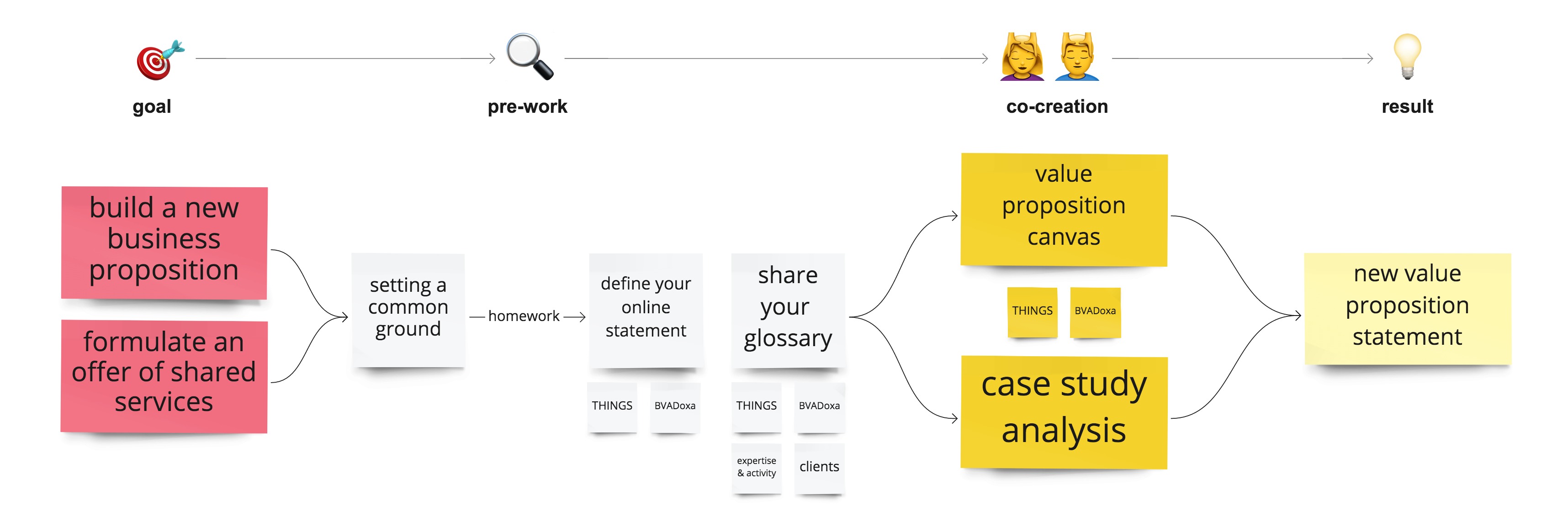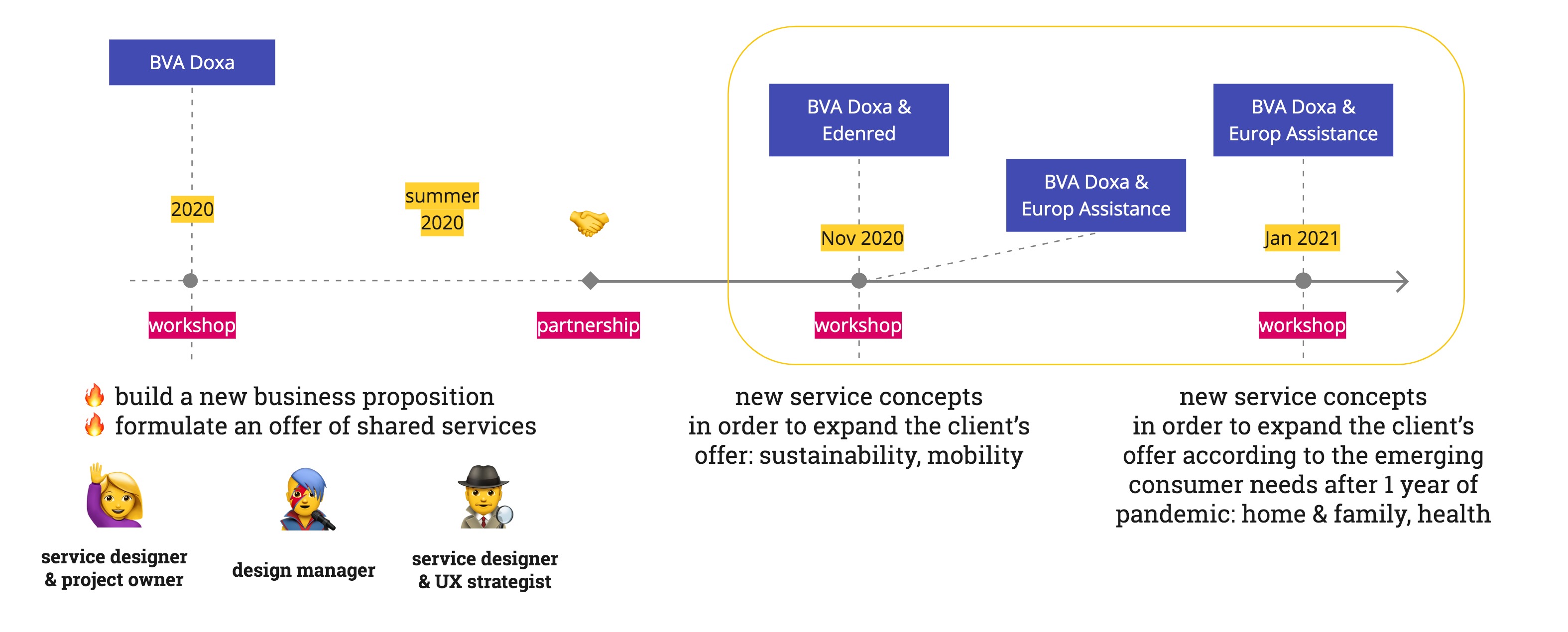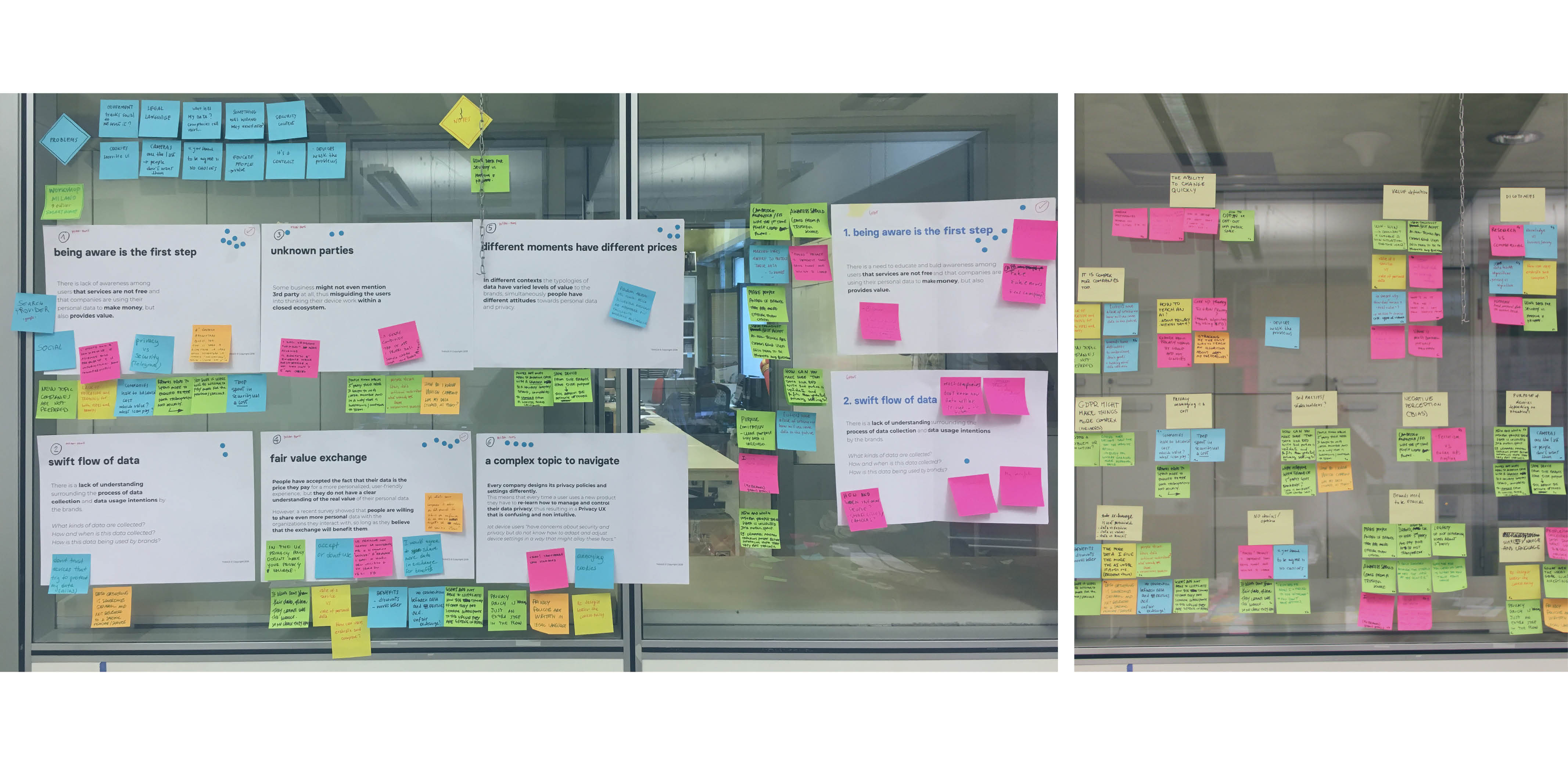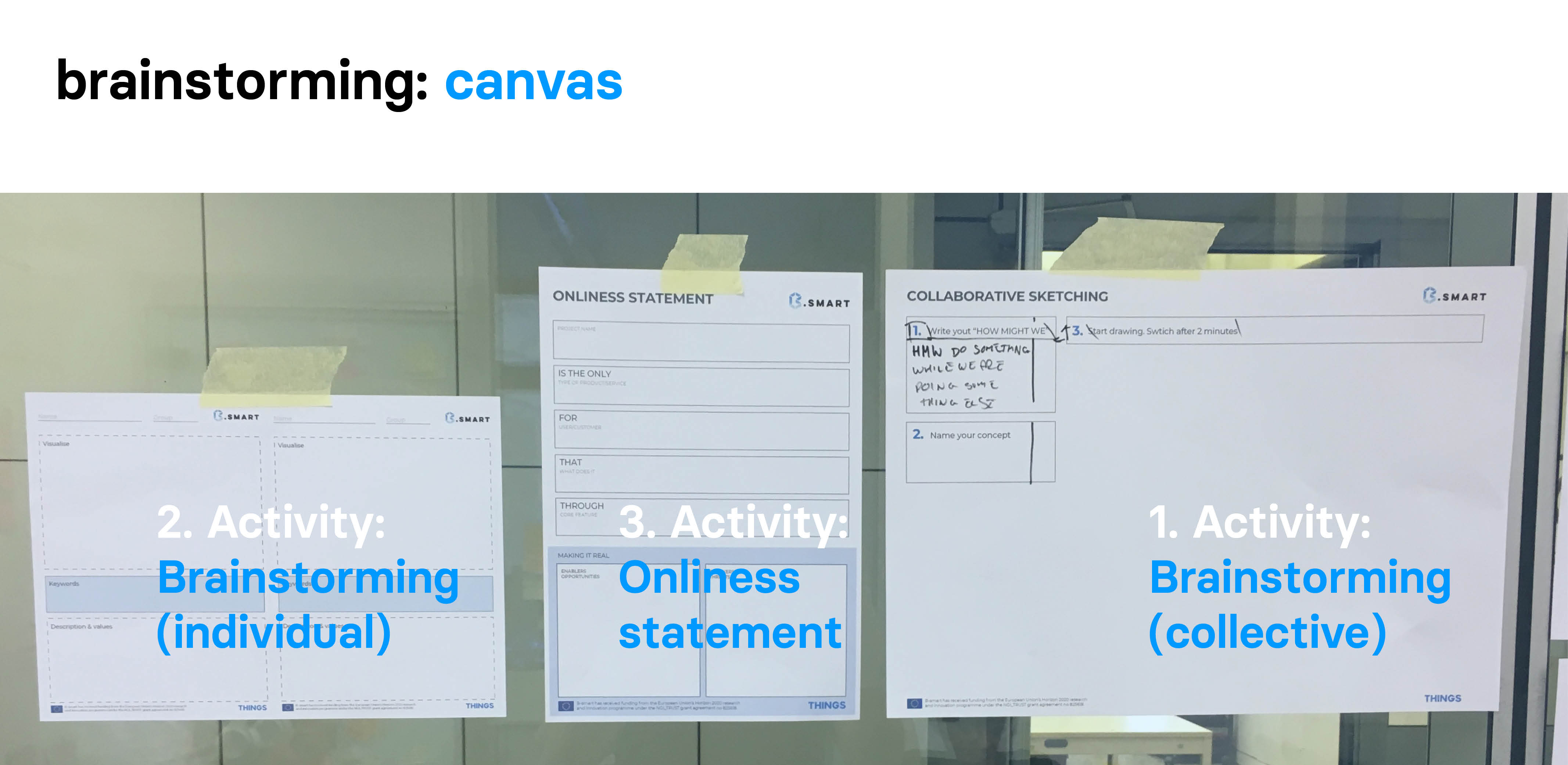Berlin, 2023 - colorfy
Brief
Mann+Hummel wanted to investigate the business potential of the CSRD (Corporate Sustainability Reporting Directive) for itself and its customers.
How might Mann+Hummel empower its customers to elevate their ESG (Environmental, Social, and Governance) scores through the utilization of its water and air filtration products?
The project is covered by a non-disclosure agreement (NDA). Therefore, I am not allowed to share any data.
If you're interested in learning more, please reach out.
Role
Principal Service Designer
I focused on how to understand the service-related challenges, and derive tailored activities, and a project roadmap.
I played a pivotal role in driving innovation and sustainability within Mann+Hummel's product-service offerings, ultimately enabling the company to deliver value to its customers while advancing environmental and social objectives.
My key responsibilities and contributions were:
- Research and Analysis
I conducted in-depth research into the current sustainability practices and needs of Mann+Hummel's customers. This includes understanding their products portfolio and marketing segmets, their existing ESG strategies and CSR framework, their challenges, and priorities related to water and air quality management. - Value Proposition Crafting I derived, and validated with the client, the value proposition from research and analysis distilling insights gathered from various sources into a compelling statement that communicates the unique value a product or service offers to its targeted customers.
- Stakeholder Engagement
I engaged with various stakeholders, including sustainability experts, and industry partners, to gain insights into their perspectives and identify opportunities for collaboration and innovation.
- Co-creation Workshops
I organized co-creation workshops with key stakeholders to ideate and generate innovative business models that align with both Mann+Hummel's business objectives and customer needs. These workshops serie fostered collaboration and ensured that diverse viewpoints were considered in the design process.
- Business Concept Development
I worked to develop a new product-service business idea on top the current offering, that leverages Mann+Hummel's water and air filtration technologies. The concept progressed to the next internal incubation phase within the organization.
Berlin, 2021-22 - Edenspiekermann
Brief
Volkswagen aimed to envision the future of mobility to enhance planning and decision-making processes.
What will mobility look like in 2050?
The project is covered by a non-disclosure agreement (NDA). Therefore, I am not allowed to share any data.
If you're interested in learning more, please reach out.
Role
Senior Design Strategist
I focused on how to apply foresight to business problems and to implement strategic outcomes.
My key responsibilities and contributions were:
- Research and Analysis
Trend, and Ethnography Research
Future Archetypes: representing future users as reference for UX journeys
I conduct extensive research and analysis to understand current and emerging trends in transportation, urban planning, environmental sustainability, consumer behavior, technology, and ethics (STEEPLE Analysis). This research would inform the development of strategic insights and opportunities for Volkswagen to capitalize on in shaping the future of mobility.
- Stakeholder Engagement
I co-facilitated workshops, interviews, and collaborative sessions with internal and external stakeholders, including experts, and industry partners. They would ensure diverse perspectives are considered and integrated into the visioning process.
- Scenario Planning
Future Studies, Backcasting
I supported the development of future scenarios that explore various potential trajectories for mobility in 2050: preferred future. These scenarios would help Volkswagen anticipate and prepare for different future possibilities, enabling more informed decision-making.
- Vision Crafting
Future UX Vision_looking 20-30 years ahead and reflecting on the preferred future
Future UX Principles: guiding the development of future UX
I played a central role in shaping the overarching vision for future mobility. I worked closely with stakeholders to understand their needs, market trends, technological advancements, and societal shifts to develop a compelling and realistic vision for what mobility could look like in 2050. - Concept Development:
Future UX Journeys_envisioning the future UX in the near and far future
Based on the envisioned future scenarios, and the future UX vision, I developed innovative concepts and solutions for future mobility offerings, products, services, and the high-level tech infrastructure.
- Prototyping and Testing
Opportunity Areas: identifying areas of potential game changers
I identified opportunities to prototype and test of conceptual ideas to validate assumptions, gather user feedback, and iterate on designs. This iterative process would help refine and improve the feasibility and desirability of future mobility solutions.
- Communication and Advocacy:
I effectively communicated the vision for future mobility both internally and externally to stakeholders. I advocate dfor the adoption of forward-thinking strategies and initiatives to drive change and innovation in the mobility landscape.
Milan, 2021 - THINGS
Brief
A series of workshops aimed at co-creating a value proposition at the convergence of a product-driven approach founded on tailored design processes and mastering marketing research methodologies.
Context
Introducing fresh value into the market through a new partnership between THINGS, a design-driven agency pioneering the IoT industry, and BVA Doxa, an international customer experience research and consulting company.
Role
Senior Service Designer
Value Proposition
Facilitator: THINGS
Participants: Head of Marketing Advice and B2B, Quantitative Research Unit, Qualitative Research Unit
At the onset of 2020 - just prior to the pandemic - I orchestrated a series of workshops with the objective of collaboratively crafting a shared value proposition between THINGS and BVA Doxa, the European leader in customer experience research (e.g., feedback management, mystery shopping, quality monitoring, customer satisfaction, NPS, and ethnography).
Value Proposition
We believe in confronting the complexities of the world, cultivating an organic understanding of human behaviors by prioritizing people's needs and desires at its core. We design a distinctive data-driven model that transforms insights into captivating and desirable experiences with a measurable impact on the market.
Data-Driven Design
Our approach is interdisciplinary, bringing together experts from diverse fields to offer unique insights and creative solutions.
Image (below): workshop design

Offering
The subsequent step was formulating an offering of shared services in the realm of Market Research, aiming to validate the offer packages named Innovation Boost:
- Innovation Boost: Panoramic Workshops tailored for various businesses and professionals, providing a comprehensive view of innovation.
-
Innovation Boost: Immersive Workshops designed to customize the right strategy for your company, also suitable for innovation managers or other professionals.
The partnership was launched in the summer of 2020, and we commenced collaboration later on by innovating the offerings of two BVA Doxa clients in sustainability, mobility, home & family, and health services.

Validation phase
Clients: Edenred, and Europ Assistance.
Workshop framework for validation
Discovery
- AS-IS Analysis: comprehending the current service offering of the company
-
Research: desk analysis and trend watching
- Insights Generation
- Scenario Design
Ideation
-
Co-creation activity: open discussion, brainstorming, ideation and concept development, voting, sharing session, and final feedback.
Validation
- Consolidation of the workshop results
- Concept cards and validation session with the client
Milan, 2020 - THINGS
Brief
Designing an interactive report that visualizes and manages financial data for analysis purposes within the financial sector.
*Data cannot be displayed, so the process is explained instead.
Context
The Planning and Control Department at Intesa Sanpaolo Banking Group required a digital tool that is easy to share during internal meetings. The objective was to have a real-time interactive overview and report for visualizing and monitoring corporate data.
Role
Senior Service Design Consultant
Internal Dashboard
My primary role revolved around managing and ensuring alignment among all stakeholders throughout the dashboard design process. Additionally, I was tasked with facilitating knowledge transfer regarding the design approach and methodologies employed, empowering the internal Project Owner to expand the dashboard ecosystem.

Picture: the dashboards ecosystem
Expected Benefits of Going Digital:
- Providing an easily shareable tool for monitoring financial performance.
- Offering real-time support in interpreting data, analyzing trends, and facilitating decision-making.
- Creating intuitive and interactive visualizations of various Key Performance Indicators (KPIs) and their levels of segmentation.
- Tailoring different dashboards and views to meet the needs of various user groups.
Project Roadmap, and UX Chapters
During the kick-off of the project I shared with the stakeholder the project roadmap and the activity plan. I introduced the design process - the UX framework - presenting in details each step and identifying the expected outcomes:
At the project kickoff, I presented the stakeholders with the project roadmap and activity plan. I introduced the design process, outlining the UX framework and detailing each step, along with the anticipated outcomes:
︎ AS-IS Analysis
︎ Strategy & Scope
Mapping Business Requirements
Identifying Users’ needs
Outlining Technical Requirements & Constraints
Conducting Desk research
Referring to Data visualization Handbook
︎ Structure & Skeleton
Information Architecture (IA) & Wireframing
Exploring Templates
Selecting Charts
Developing an Interactive Prototype
︎ Surface
Creating a Visual Library of Elements
Establishing a Visual Style guide
The delivery comprised a series of UX chapters presented in a presentation format. Each chapter underwent validation by the client's design team before being shared with the Project Owner. The final delivery included a presentation and an interactive prototype.
 Source: JESSE JAMES GARRET, The Elements of User Experience
Source: JESSE JAMES GARRET, The Elements of User ExperienceTechnical requirements
Data visualization tool: Microsoft Power BI
Device: tablet

Image: Highlights from desk research

Image: first draft of the information architecture
Dashboard Structure
The dashboard structure was designed to fulfill the following business requirements (BR):
BR1 - Visualization of operational KPIs
BR2 - Visualization of KPIs segmentation
BR3 - Drill down into segments (2 levels of data)
BR4 - Filtering KPIs by type of data, countries and date
BR5 - Comparison of all KPIs against Budget (both absolute and percentage) and against Previous Year (both absolute and percentage)
BR6 - Weekly trend snapshot



Cover image credit: Carlos Muza @unsplash
Milan, 2019 - THINGS
Brief
Development of a Proof of Concept (PoC) for establishing privacy controls on connected objects, aiming for an easily understandable and comprehensive user experience across all touchpoints within the ecosystem.
Role
Service Designer
User Research
B-smart, a research-funded project, is dedicated to adopting a human-centric approach to privacy control and data transparency in relation to connected objects.
The research project primarily focuses on the following industries: Smart Mobility, Smart City, Smart Home, Wellness, Retail.
1 -Secondary research
I initiated exploratory desk research on the topic of Privacy, with a specific emphasis on GDPR: understanding its functioning, data protection principles, and the challenges it poses for both companies and users. I sought inspiration, benchmarks, and consulted academic papers, articles, and reports on data transparency.
Privacy by design, a crucial regulatory requirement under GDPR, mandates that brands integrate data protection principles into the design of any new product or activity.
2 -Primary research
Concurrently, the project team opted to recruit a convenience sample of participants from our personal and professional networks, outlining two research approaches:
︎ Remote interviews: Conducted with at least 10 individuals, aimed at grasping consumers' current behaviors, concerns, needs, and sentiments. The questions revolved around process understanding, clarity of explanation, expected time frames, and frustrations..
︎ Validation survey: Designed to gather feedback based on the insights derived from the interviews.
 Image: survey results
Image: survey resultsInsight Generation
Collaborating with the project team, I derived six key insights:
- Awareness as the initial step.
- Rapid flow of data.
- Involvement of unknown parties.
- Fair value exchange.
- Different moments have different prices
- Complexity in navigating the topic.
 Image: peer review in order to incorporate multiple perspectives and reduce risk of confirmation biases.
Image: peer review in order to incorporate multiple perspectives and reduce risk of confirmation biases.Scenarios
Working with the project team, I formulated five scenarios considering:
- What: The nature of collected data
- Why: The purpose behind data collection.
- How: Methods employed by devices to manage data collection.
Highlights, and Concerns.
User Journey and Ecosystem Mapping
Based on the findings of the discovery phase, we were able to illustrate high-level customer journeys and ecosystem maps for each industry considered in the research: Smart Mobility, Smart City, Smart Home, Wellness, and Retail.

Co-Creation Workshops
THINGS organized a series of workshops across Europe in Milan, Prague, Ghent, and Norrköping. We presented the outcomes of our research phase and then encouraged participants to collaborate in generating potential solutions based on our key findings.
4 Workshops | 10 participants | 3 facilitators
Workshop’s Agenda:
- Introduction
- Presentation of the research outcomes
- Presentation and validation of B-smart insights
- Design challenges: How-Might-We
- Collective & Individual brainstorming sessions
- Concept sharing & Feedback



Concept Development
Upon returning to the office, I organized the workshop outcomes by identifying recurring patterns and categorizing them into:
- Wall of ideas [magenta]
- Wall of features [blue]
From this we derived six Concept-Briefs. The subsequent step involved engaging a class of design students to further develop these concepts and create prototypes.
Example: Concept-Brief, based on Insights #1 #6
What: Developing an augmented label that serves for both spaces and devices, clearly communicating data collection, usage, transparency, and security.
Why: The absence of standardized privacy protocols leads to risks.
The most promising concepts were refined, and prototypes were implemented to design the final Proof of Concept (PoC).


Cover image credit: Matthew Henry